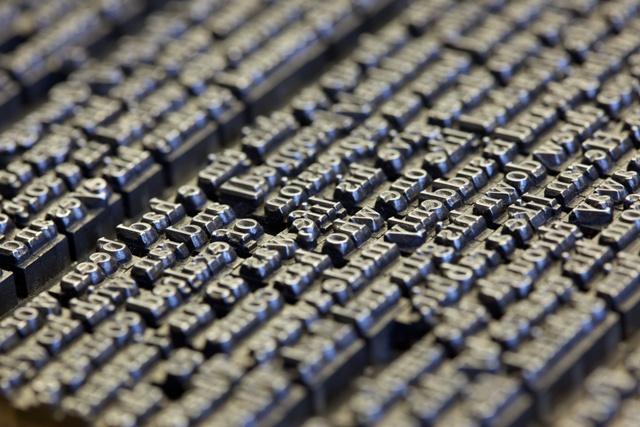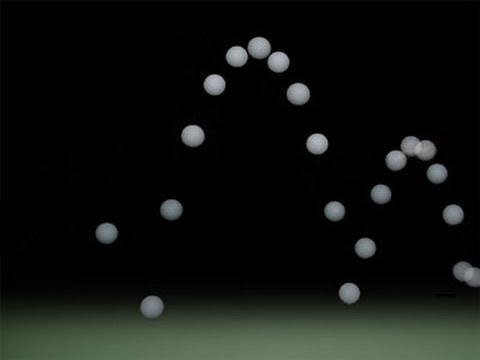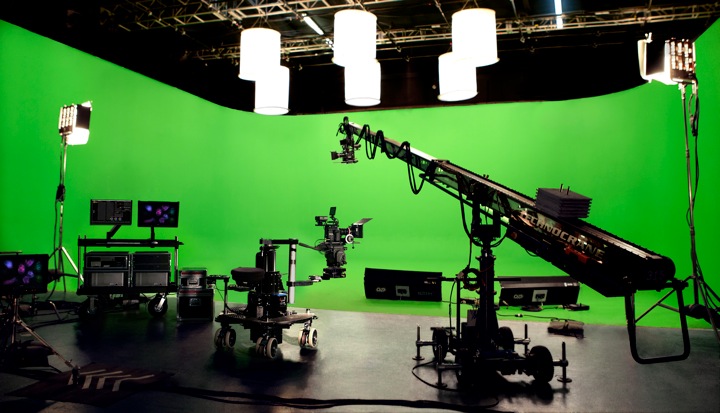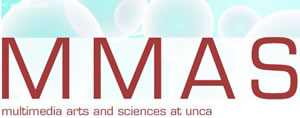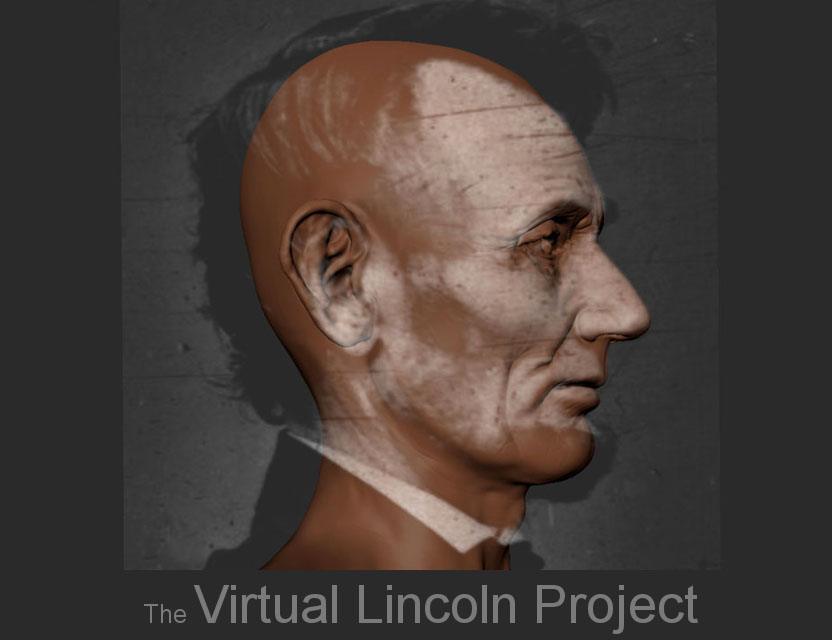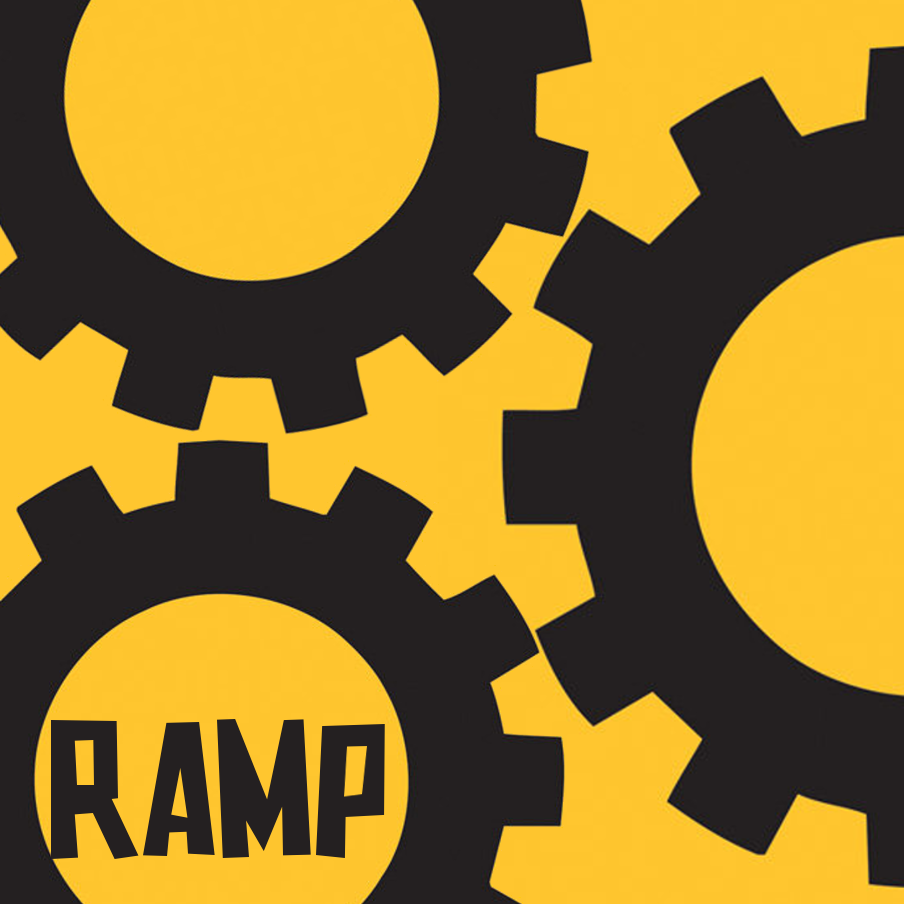Illustration Tutorials
2D Graphite Ink Color Digital Painting
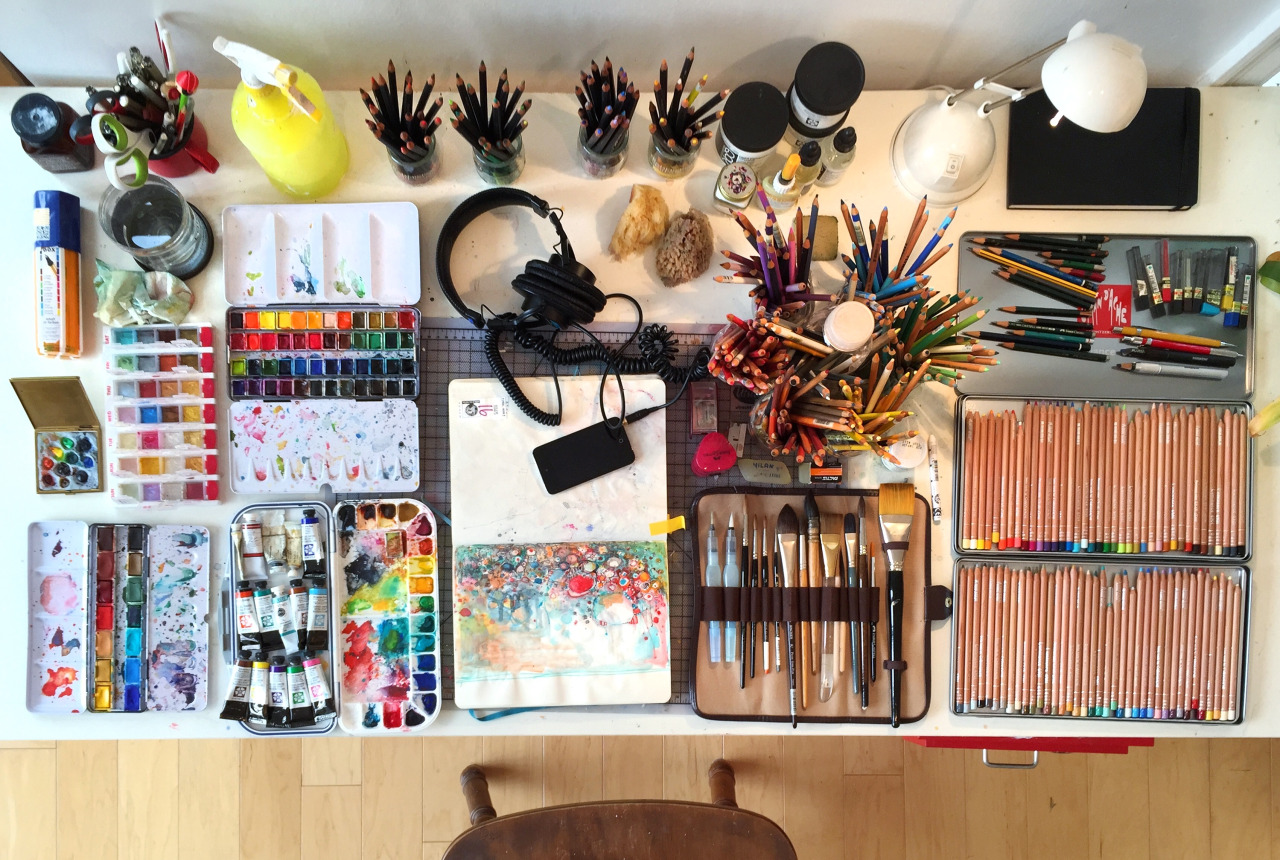
Drawing Supplies
The medium you use is up to personal preference, but it is recommended to practice with a multitude of styles. Pencils are the standard, but there are also special drawing pencils that vary in hardness, charcoal, or watercolor pencils that can produce different effects. Pens, brushpens, and markers create bold lines. Pastels, watercolors, paints, and colored pencils

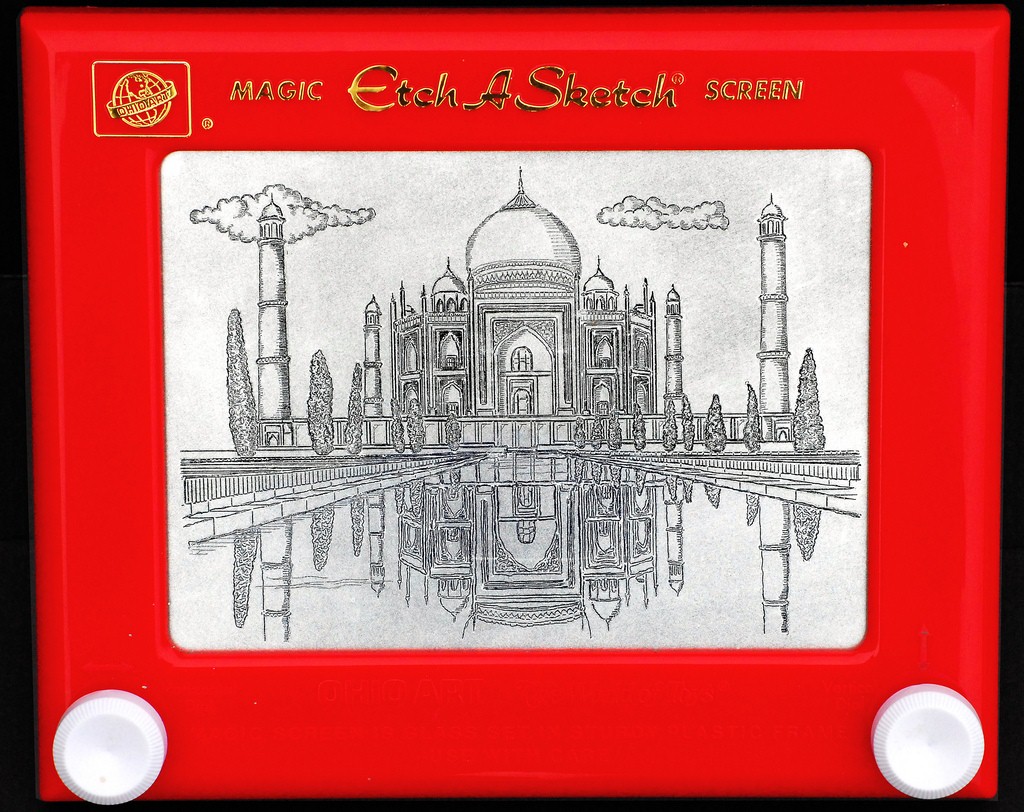
Sketching and Doodling
The best way to improve drawing skills is through practice. Drawing something every day helps keep the creativity flowing.

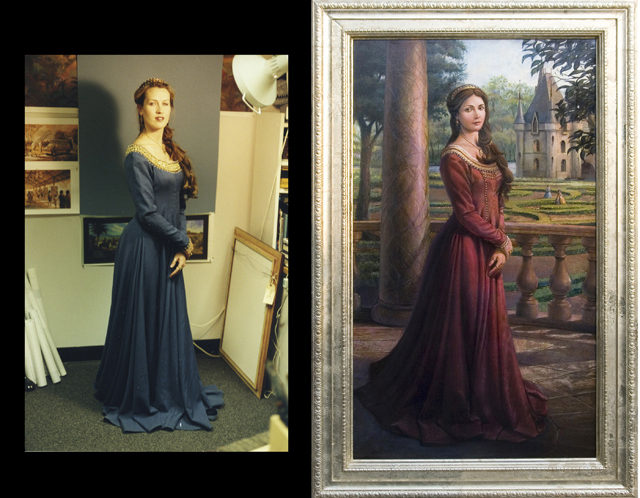
Reference
Whenever you see an artist who creates something really amazing and wonder how in the world they made that, the answer is usually by using references. Artists draw upon lots of different sources for inspiration, and they use reference guides to help visualize technical details. Artists who are able to draw without references have developed visual memory by drawing from reference so many times that it now comes naturally. Most artists do a lot of research and pre-preparation before starting a final piece, and they have compiled large reference libraries to draw ideas from.
Baylee Jae: Helpful Books for Artists
Cartoonblock: How To Sketch Iron Man

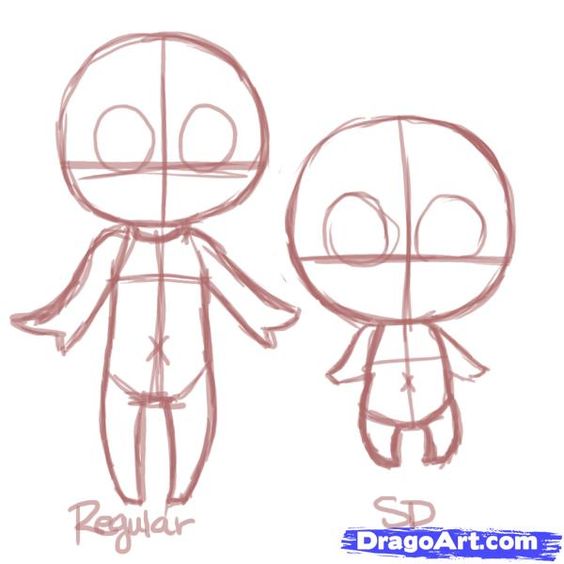
Proportion
It is also possible to draw without using references by memorizing formulas and proportions. This tends to work better with cartoons than trying to draw something realistic from memory. In general using references will make drawing easier, but knowing proportions is definitely an asset. Proportion rules can be intentionally tweaked to produce very stylized designs.
Mark Crilley: Disney Vs. Manga- Facial Proportions Compared

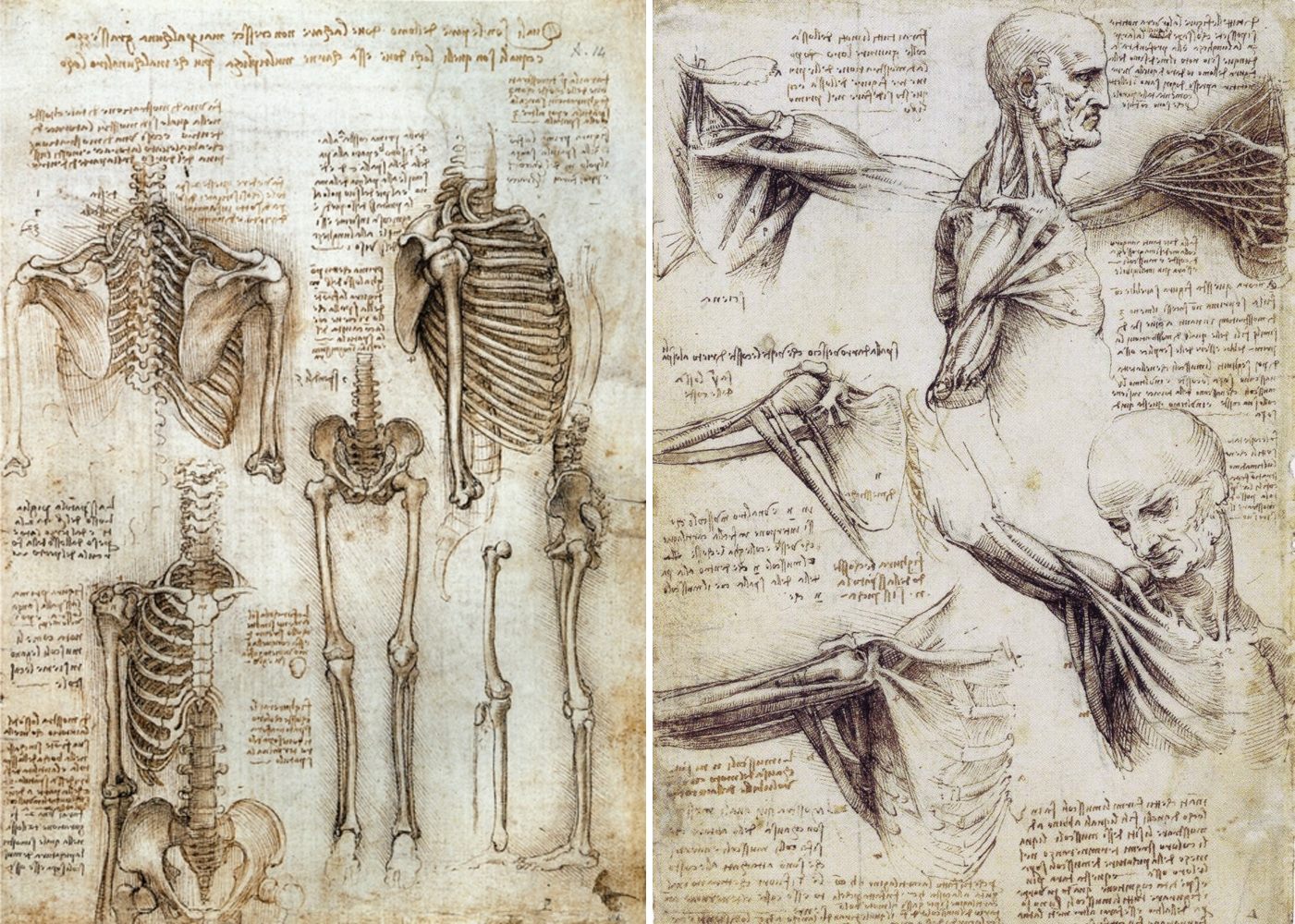
Anatomy
Artists study anatomy in order to better understand form and movement. In the past, artists used to have to dissect cadavers to better understand muscular and skeletal structure. Luckily, through extensive medical science documentation that's not really necessary today. It's pretty easy to find accurate diagrams, models, and books of both human and animal physiologies. Live reference figure drawing is typically preferred over photos or static statues.
Character Design References

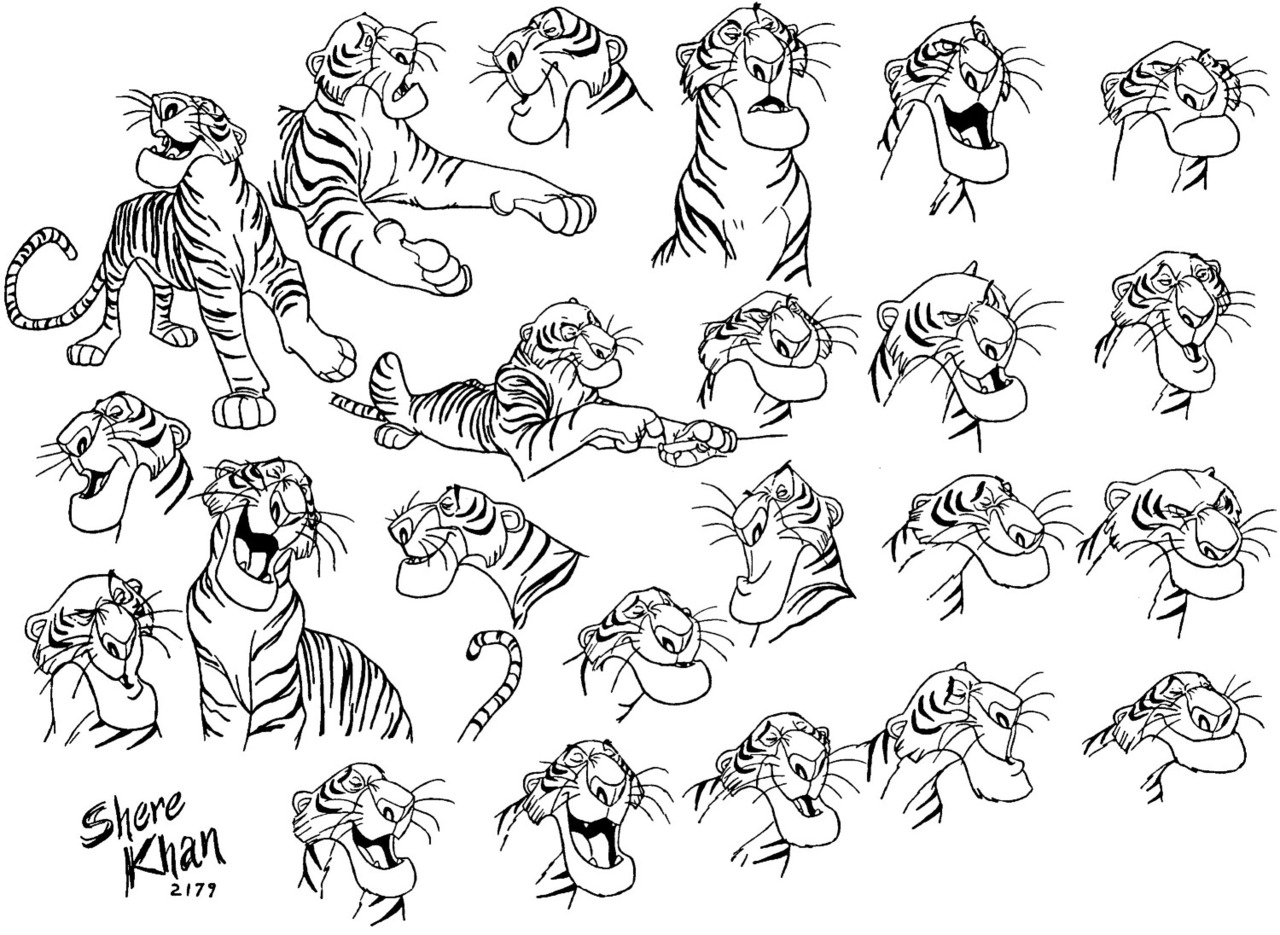
Line, Contour, and Gesture Drawing
In the heydey of 2D animation, animators were able to sketch cartoon characters very rapidly. 3D animators adjust every control handle individually in a time consuming process. The approaches may seem like polar opposites, but any aspiring animators should try to learn gesture drawing, even if you only want to work in 3D modeling. This will help create more dynamic and expressive poses.
Animators and designers are very detail-oriented people, which can often lead to over-fixation on trying to adjust every single part of a project until it is perfect. This leads to a conservative style that isn't as exaggerated or as stylized as it could be. Sometimes it is best to let go of inhibitions and just do things fast and dirty. Sketching quickly in very loose strokes will help improve your ability to draw contour lines. Try sketching in pencil or a light blue marker underlayer, then go over the rough lines with a marker or pen so that you can build up the confidence to draw smooth curves without going back to erase lines.
Gesture Drawing Tips by Normand Lemay
Sycra: How to Draw Interesting Poses

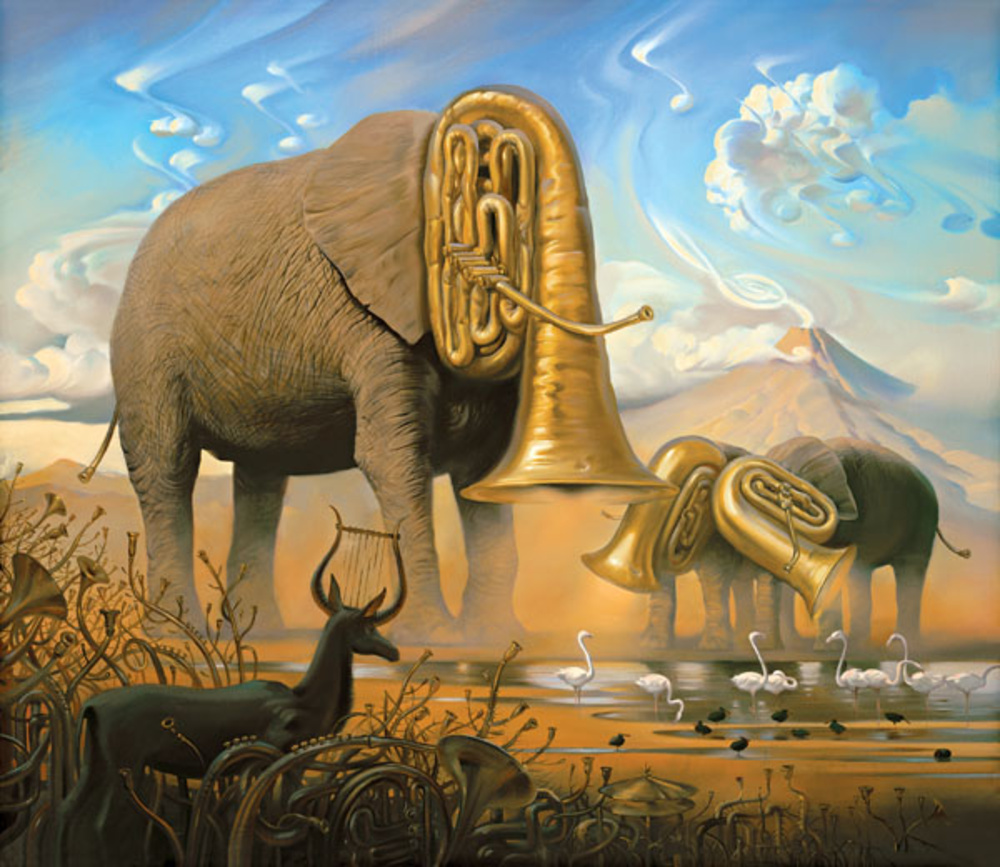
African Sonata by Vladimir Kush http://vladimirkush.com/
IllustrationAs long as there has been writing, people have used pictoral imagery to accompany and enhance the words. Most illustration is intended to convey a story. Illustration styles are incredibly diverse since no two individuals will draw exactly the same. Illustration is not bound by any rules, so it can feature subjects from the imagination. One thing that remains true for all good illustrators is that they draw and practice nearly every day to keep the creative ideas flowing. They also draw inspiration from lots of sources.
Traditional illustration artists have transitioned well into the digital painting era, as digital tools can be used to touch up artwork and improve workflow without sacrificing the integrity of the hand-drawn aspect. However, there is a lot of extremely talented competition.
CGSociety: Rob Chang- 10 Tips for Becoming a Better Artist
Kate or Die: How Should I Get Started Making Comics
The Oatmeal: Making Things for the Web

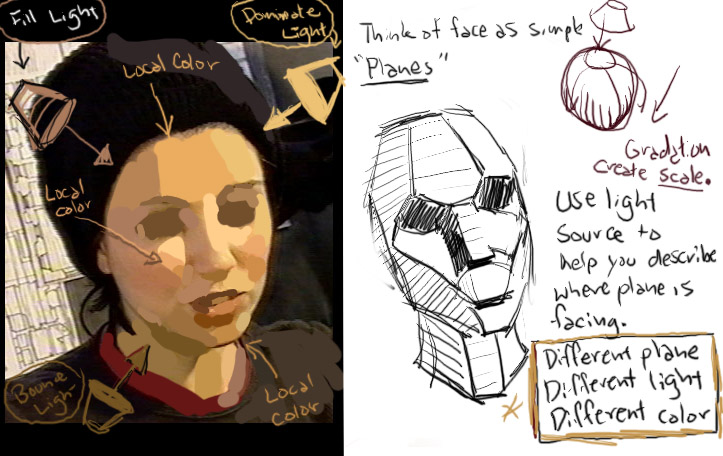
Digital Painting
Mastering digital painting takes a lot of practice. It is recommended to take art and painting courses, since the same theories apply to digital compositions. The biggest advantage of digital painting is that you can produce more work in less time than traditional painting or drawing. Instead of mixing paints, you just grab from a premade color palette and adjust layer opacity to get the right tones. Colors and contrast can be adjusted with a slider tool. You can duplicate images by simply copying and pasting. It is possible to import 3D models and reference images directly into the canvas to trace over. A common trick for character model sheets is to draw one side of a character and then mirror it, saving a lot of time.
There are a gajillion tutorials for digital painting online, but most of these are a little advanced for newbies. It's recommended to start out just learning to sketch on paper before even picking up a tablet pen. Build up skills gradually instead of trying to create a masterpiece on your first try. Test out different brush tool types and thumbnail sketches, then move into rough greyscale sketches. After that practice tonal speed painting that uses impressionistic colors to indicate form. Study anatomy, lighting, movement, and reference images. Detailed compositions combine all these elements
Schoolism Bobby Chiu interview with Karla Ortiz
Schoolism: Interview with Stanley Lau (Artgerm)
Schoolism: Interview with Lois Van Baarle (Loish)
Creative Bloq: Speed painting tips
Drawing Circles develops muscle memory to draw curves smoothly with a tablet pen

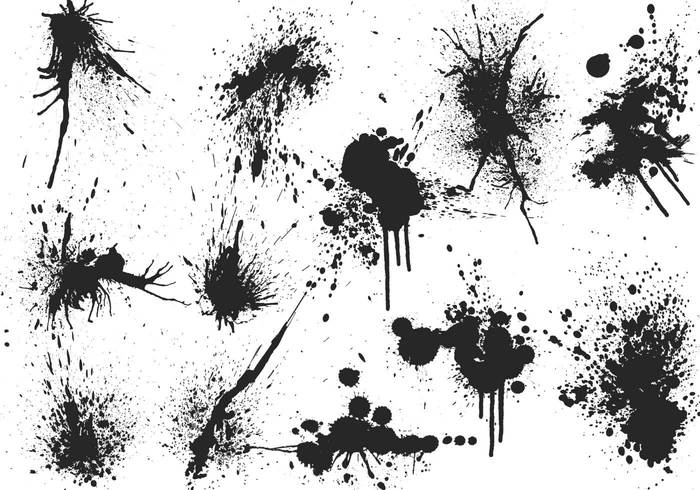
Creating Custom Brushes
Brushes can be used to create various types of line weights and texture effects. The main types of brushes are the default solid edge round brush, fuzzy edge tool, the pixel pencil tool, and the caligraphy pen. These tools are generally used for linework or cleaning up edges.
There are also various types of brushes that can imitate drawing and painting tools, such as the chalk brush, charcoal brush, bristlebrush, airbrush, acryllic brush, etc. These brushes tend to be used for adding texture or color overlay layers.
Illustrator and Photoshop come with a pre-built library of brush options, but it also relatively easy to create your own. Custom brushes are most commonly used for digital painting. There are endless possibilities for brush types
Hodgepodge: How to Make a Custom Brush in Adobe Photoshop
Matt Borchert: How to Make a Texture Brush in Adobe Photoshop
Trent Kaniuga: Brush Editor Tool
Scott Robertson: Advanced Brush Settings

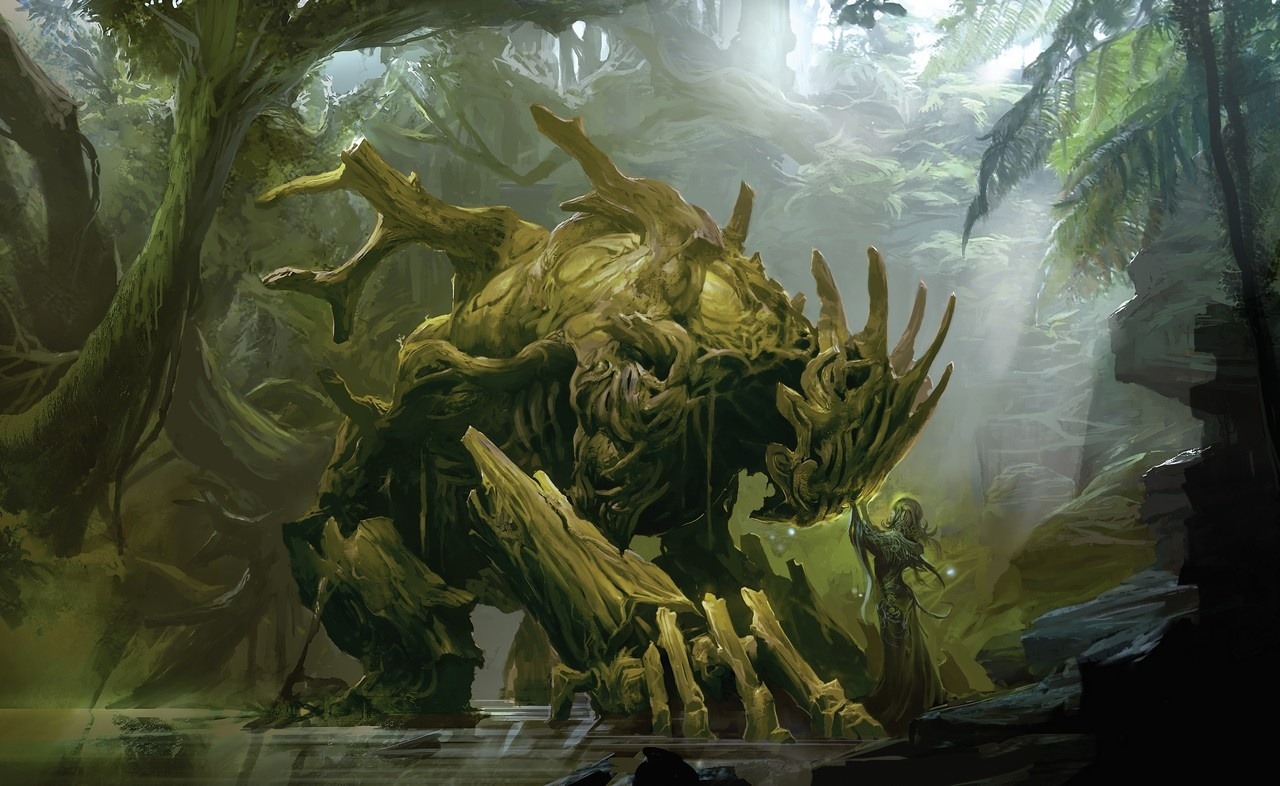
Kekai Kotaki
Concept ArtAll great ideas start out trapped in a person's head, struggling to get out. The difficulty is in translating an idea into words and a tangible visual form that others can look at and instantly be transported into the envisioned world. It can take many drawings and redesigns to finally get the look and feel just right.
Concept art is produced at a very rapid rate in the industry by very skilled conceptual artists and designers. The medium can range from pencil sketch, watercolor, ink, matte painting, etc. Digital is the most common medium due to the ability to quickly erase or change details. Concept artists have to be flexible at working with different styles, whether it be highly stylized cartoons or extreme realism. Most concept artists learn to design in a number of different genres through extensive research, but they specialize in one specific area like landscapes, character design, creature deign, science fiction, etc. Concept artists practice constantly and try to learn new things since anything could show up in future projects.
The most accepted method all concept artists use is the notion of shape language and silhouettes. Sketching out rough shapes can produce a design very quickly, which the concept artist can decide if they want to refine the sketch further by cleaning up lines and adding details. Concept artists must not get too attached to any one idea, so they have to be somewhat detached from their work. Many concept designs get rejected, which is very disappointing when so much work was put into it, but the concept artist just has to move on and repeat the process of creating some new artwork to show to the director and art director by the next meeting.
Iain McCaig: The Art of Visual Storytelling
BBC: Star Wars: Norman Reynolds, Production Designer

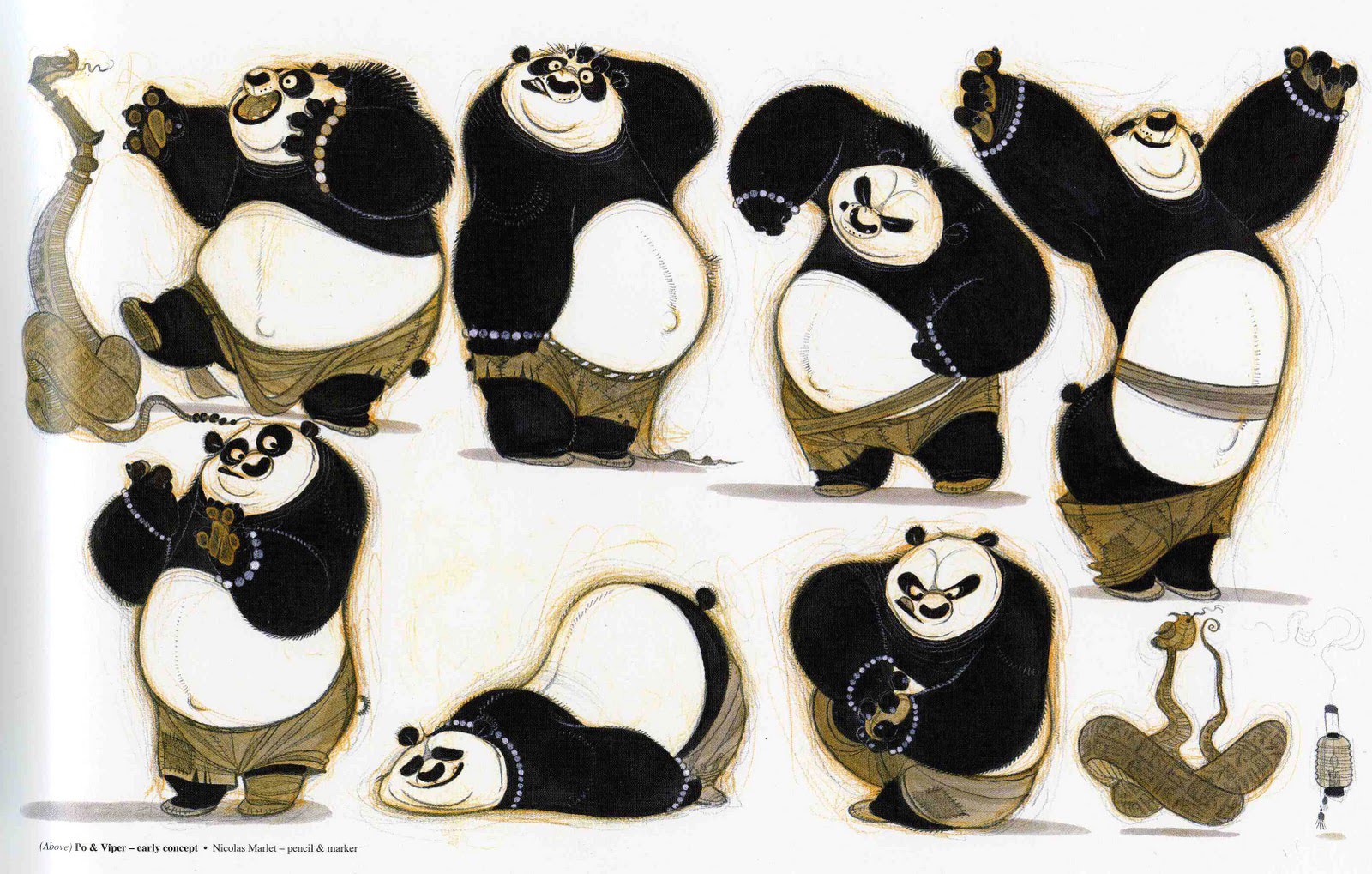
Nico Marlet
Character DesignIn live action movies, writers, actors, and costume designers define the personality and traits of portrayed characters. In illustration and animation, this role falls to the cartoonist or character artists, voice actors, and animators.
When designing a character, a lot of people initially gravitate towards trying to make the design look well crafted, with less emphasis on developing a fleshed out backstory. But if you are really trying to create a fully dimensional character, it is perhaps more important to invest the character with some life and personality. Many designers can demonstrate technical skill at drawing or modeling, but when it comes to making a character appealing, likeable, or memorable, there isn't much to latch on to just by looking at the surface design. The design concept might look really good, but if nothing stands out as special enough to leave a lasting impression then something is still missing.
A good character design will be readable at a glance. That doesn't just mean that if the silhoutte is big and blocky and covered in armor, then this character must be strong, brave, and a good fighter, or this character has enormous eyes, cat ears, and a tail, so they probably have magic powers and can shapeshift into a feline. Those are tropes highlighting outward traits and features that should be obvious to the viewer.
A better readable design extends to revealing who this character is as an individual. This can be shown through the character's expression, posture, or wardrobe details referencing past history. The medium, amount of stylization, and color palette can say a lot about what kind of world the character inhabits, whether it be cartoonish and light or grim and dangerous. Relationships play a huge part in design that artists often overlook when focusing on one design. Including other characters, objects, or settings can add a lot more context for people to start to get interested in learning more about the character. What do they want, who do they interact and relate with, where are they coming from?
The more context and story that can be conveyed in an image, the greater impact the design will have. And don't feel like you have to say everything in just one sketch. Make a bunch of drawings and craft elaborate stories to get a better feel for who the character is.
Weebly: Pixar’s Character Design Process
Chris Oatley: Character Design Goes Deep
JohnKStuff: In-House design styles vs. Individuality
JohnKStuff: Rebuttal to the notion of a single "CalArts style"

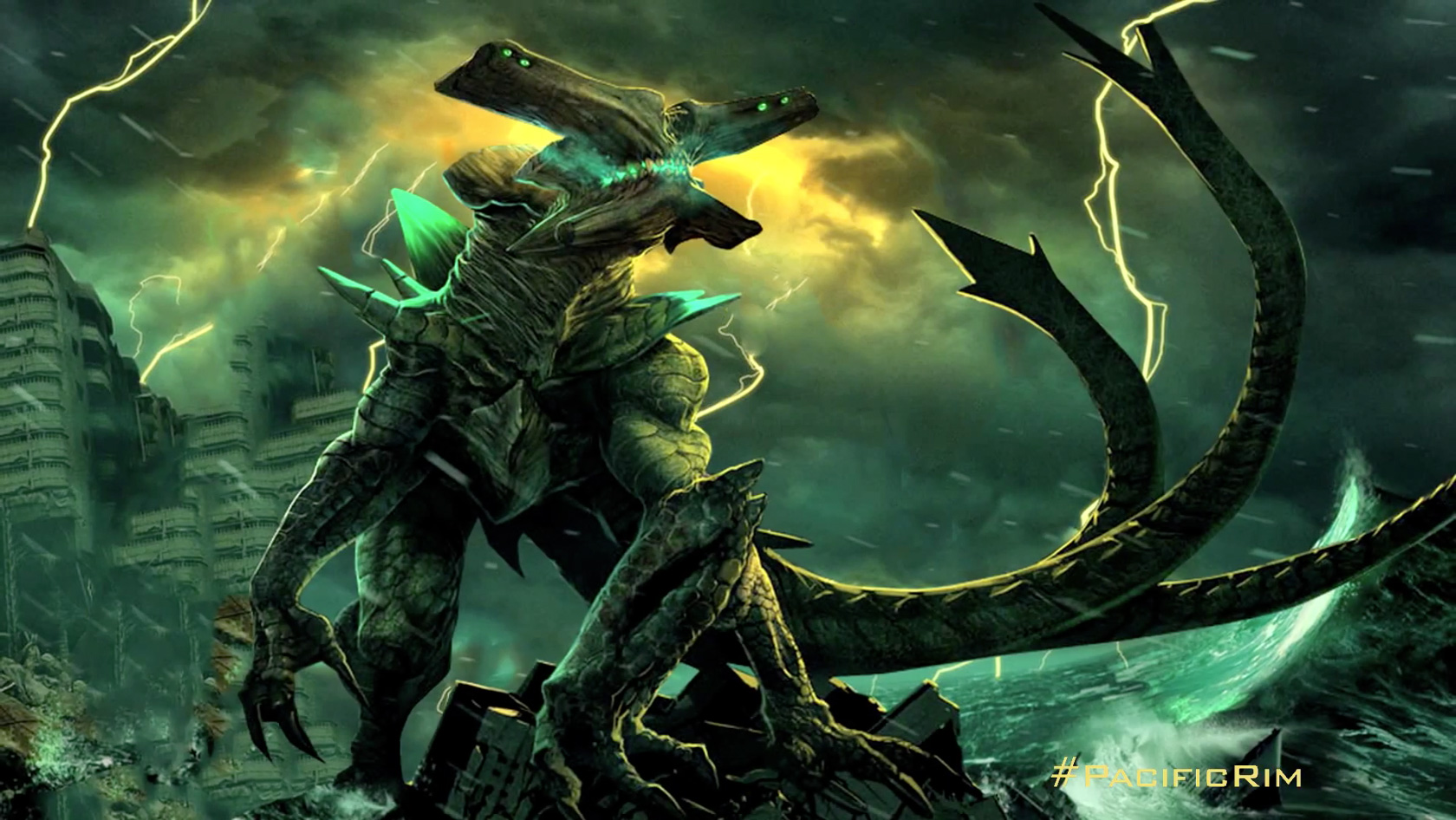
Creature Design
If you loved doodling little monsters and stuff as a child, creature design is the career for you. Creature designers rely heavily on a knowledge of natural sciences and biology, along with anatomy and skeletal structures. Depending on the design parameters of the production, the designer may base an imaginary creature design off of living species or the concept art provided by the environment artists to produce a more believable animal. Unfortunately many creatures are just treated by directors as one-dimensional special effects plot-pieces that add action to a scene. Rarely do the interesting worldbuilding and backstory details make it into a movie or video game. Most creature designs are created in CGI today to save money, though 2D animation and practical effects were once more common.
Although monster designs are the type most in demand for popular action and horror genre media, creature design doesn't always have to be ugly and grotesque. Anime and cartoons often use a lot of creative background creature designs that are organic, elegantly drawn, and pleasant to look at. These types of creatures frequently have a little more characterization as well. Stylized adorable critters also sell very well and are in high demand.
Concept Art World: Pacific Rim Kaiju Concept Art
Legendary: Interview with Guy Davis
Ideas on Design: Neville Page
Character Design Notes: Joseph C. Pepe

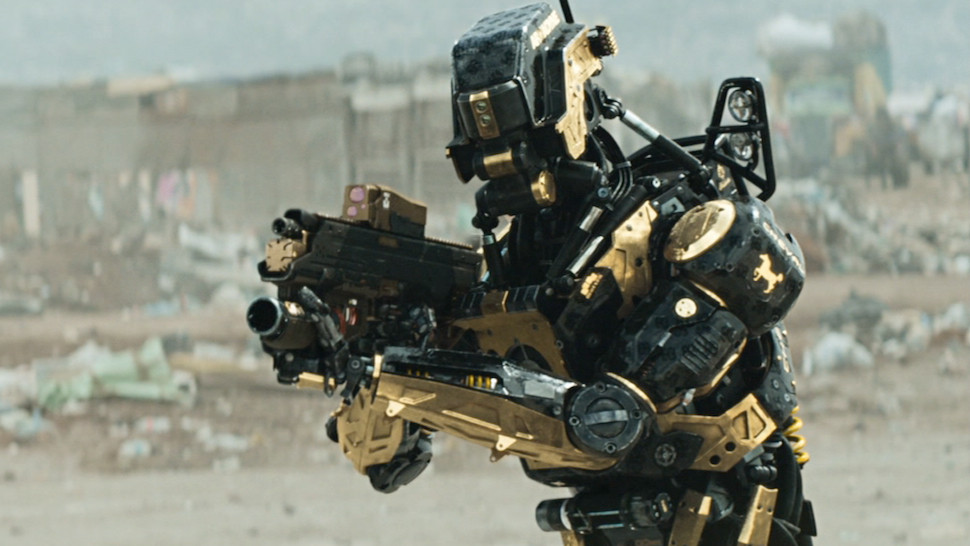
Vehicle and Mech Design
Designing robots and vehicles can be very difficult for some people to wrap their heads around initially, because it is requires a very different approach from other types of design. Mechanical creations are engineered and have very rigid, geometric, angular shapes that contrast sharply with the more curvilinear organic lines of living organisms or landscapes (the exception being futuristic design, which always looks like shiny white Apple products). Segments and little mechanical parts will break up the surface of the design, which means the designer has to be careful about planning how lines will lead the eye.
It is a common mistake to overdesign machines by adding too much detail. This will result in a design that appears too busy because there is so much going it just overwhelms the eye in an explosion of information to process all at once. People can't focus on overcomplicated designs. Details should only be concentrated in certain areas like joints, with easy to read shapes and strong silhouettes comprising the majority of the design.
Aaron Beck
Ian McQue
Scott Robertson: Interview with Sparth, art director for the Halo series

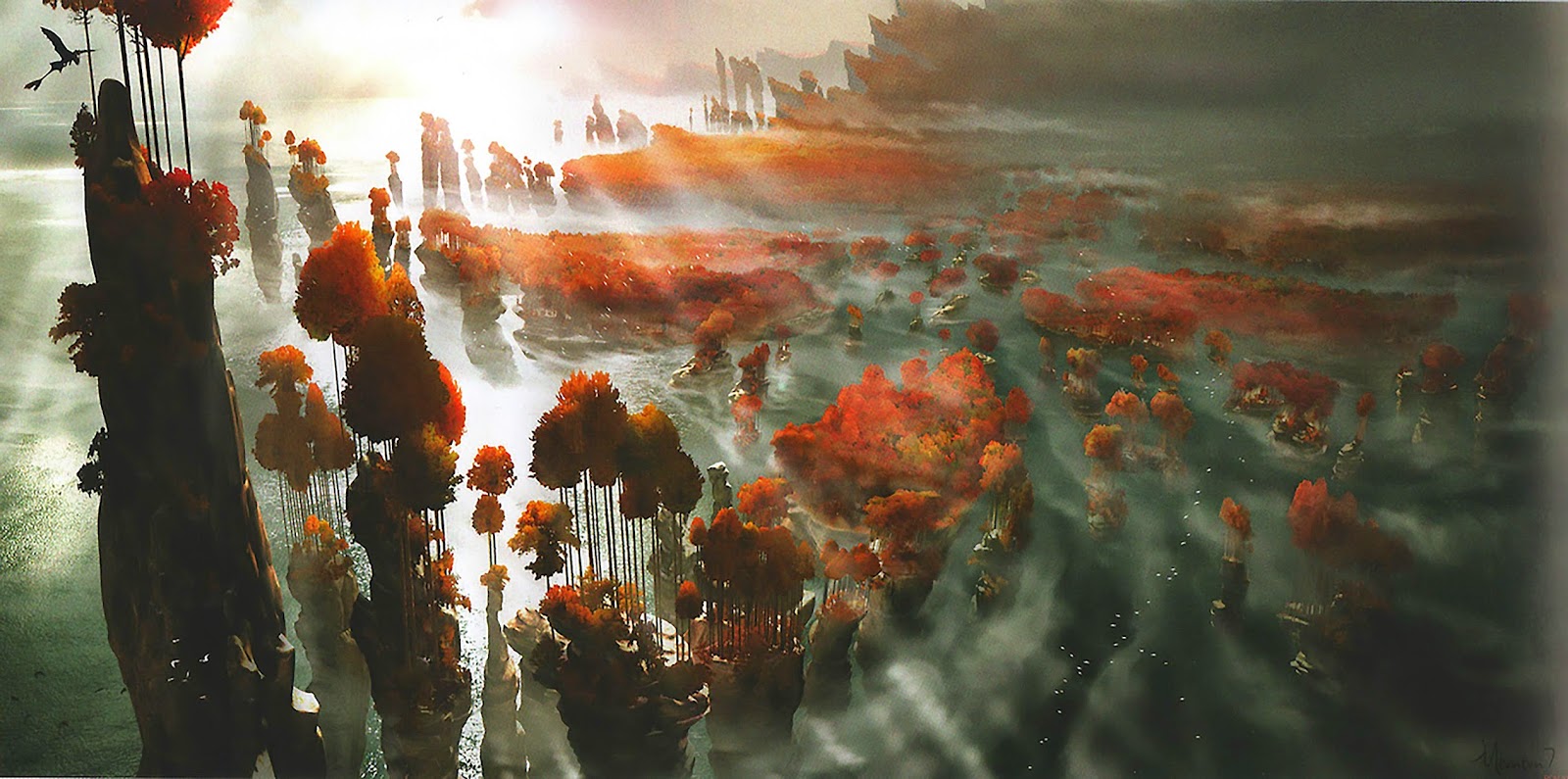
The Art of How to Train Your Dragon 2
Environment DesignMost environment artists will use photographic references to assist in their work. Some artists also use cropped photos that can be painted over or layered into the scene as a texture or repeated background element, which saves the trouble of having to draw every detail. 3D models can also be used to block out scenes or be textured and rendered to create a concept still.
The most important part of environment and landscape scenes is the composition. Artists use leading lines and lighting to guide the viewer's eye to where they want the focus to be. Color palette and lighting play a big role in conveying the atmosphere of a setting. Foreground scale, depth, and atmospheric perspective are techniques used to give a sense of a larger area. Foreshortening, light, and shadows can also change the mood of a scene based on how the artist chooses to place elements.
Studio Ghibli's Kazuo Oga- At the Master's Workshop

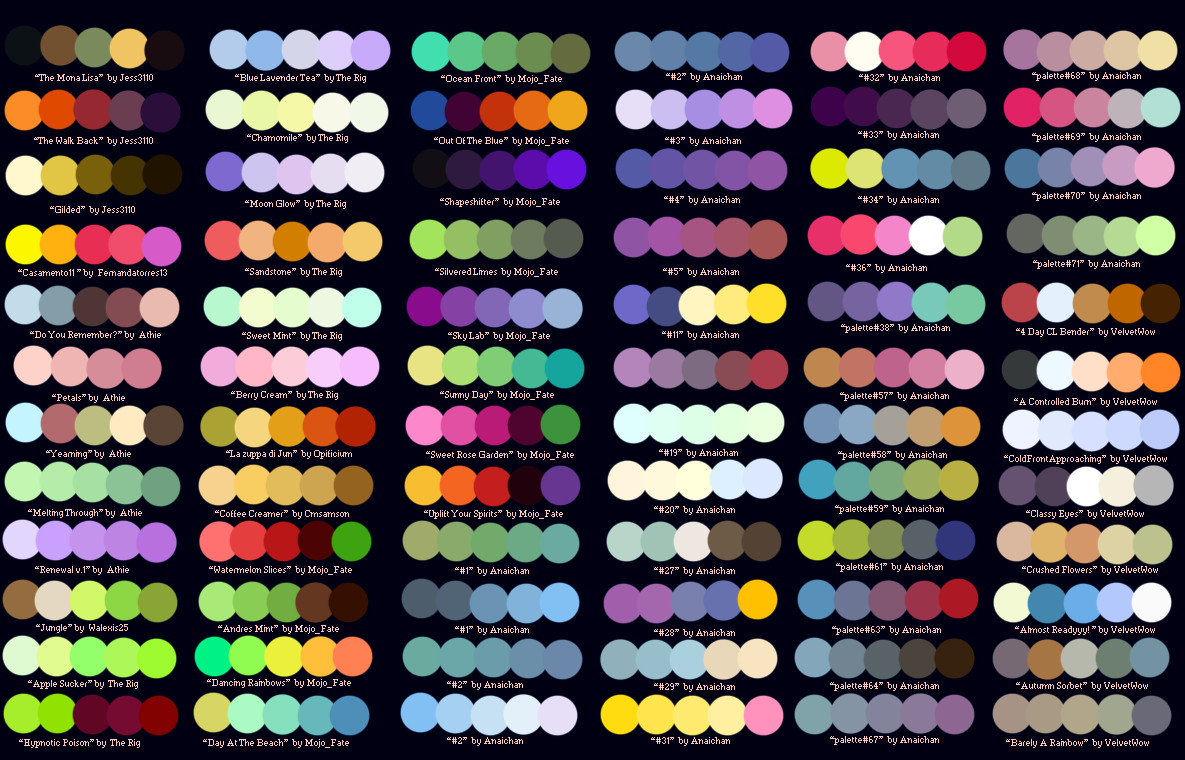
Color Swatches and Palettes
Color swatches are used to quickly pick colors when speed painting. A limited color palette helps maintain a consistent color scheme in the composition.
Blender Guru: Understanding Color
Color Relationships

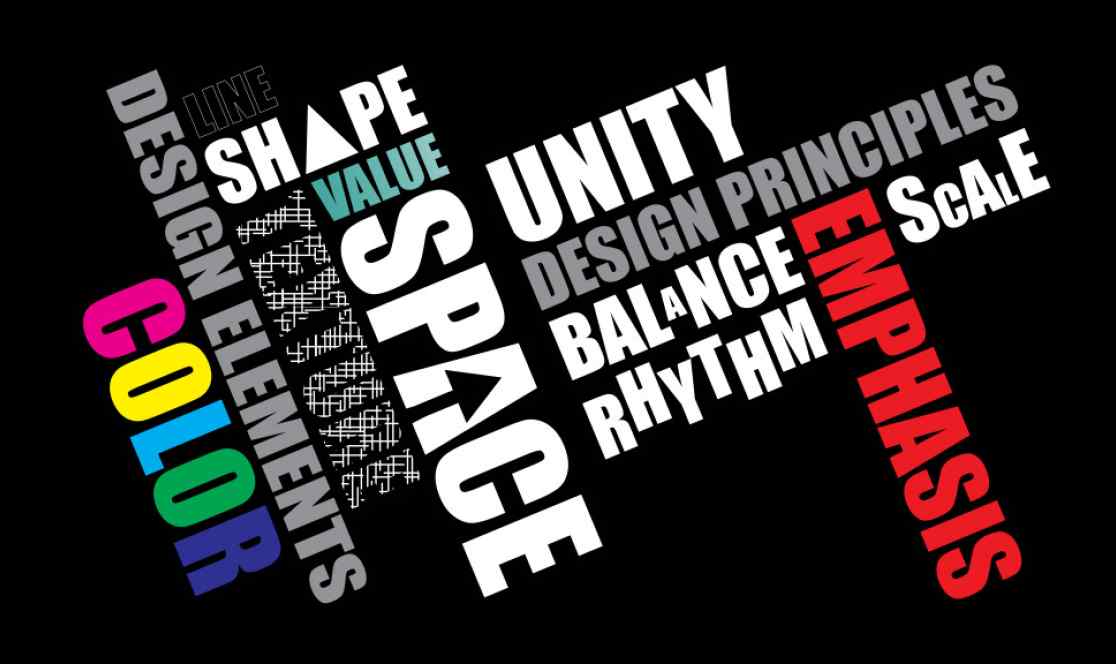
Elements of Art and Principles of Design
Familiarize yourself with these guidelines, or keep a printed out copy next to your computer or workspace. They form the core underlying theory behind all types of design.
The Virtual Instructor: Art Fundamentals

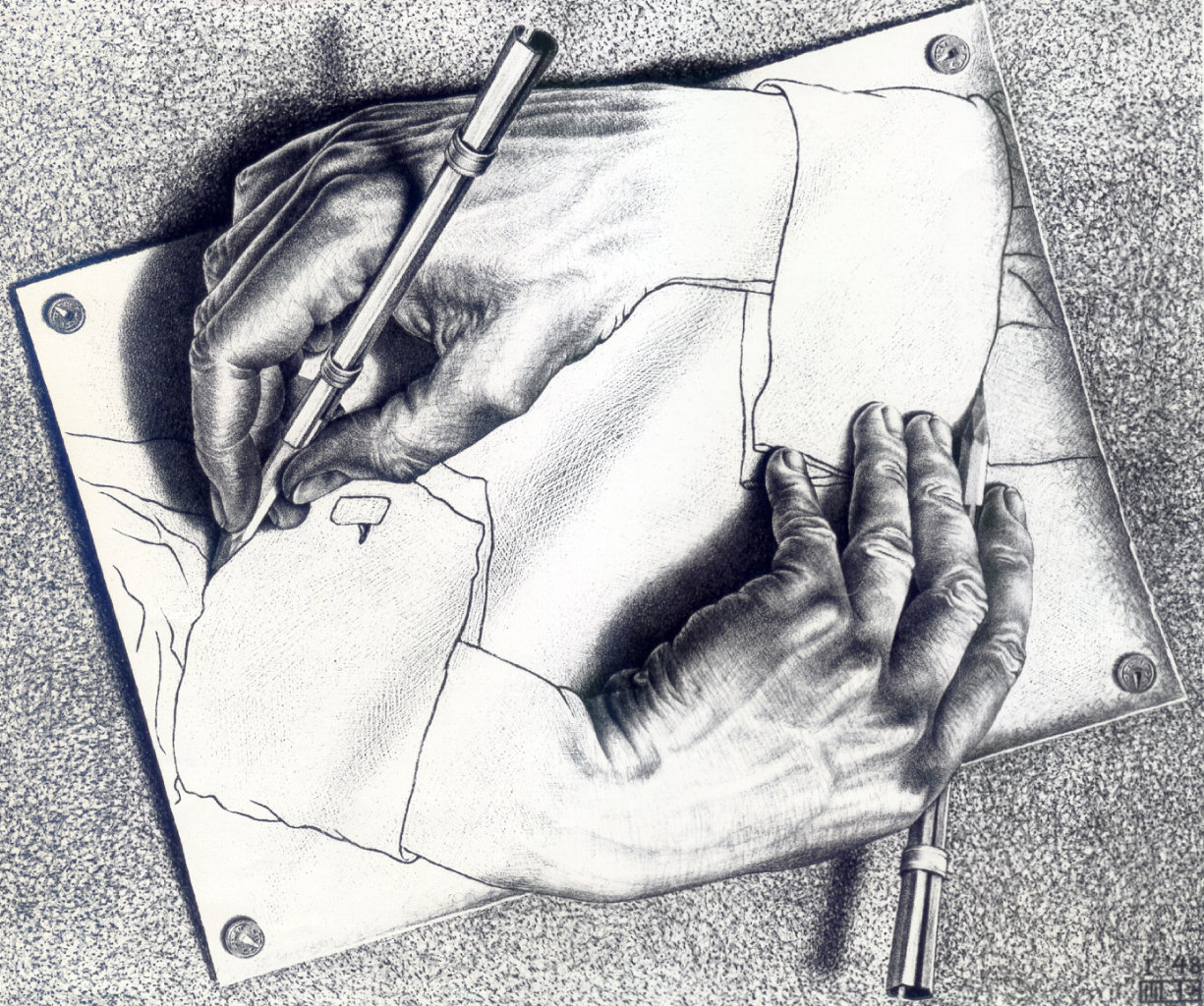
Advanced Tutorials- Hopefully Coming Soon
Illustration
Drawing Pencils
Hatching, Stippling, Shading
Proportion/Model Sheets
Hands
Face
Hair
Eyes
Nose
Pastels
Watercolor
Color Scripts
Webcomics
Manga Techniques
Panel Layout
Line Weight
The Design Revision Process
Illustrator Tools
Scanning Images
Sketching Techniques
Observation
Reference
Stylization
Still lifes
Color Palettes

